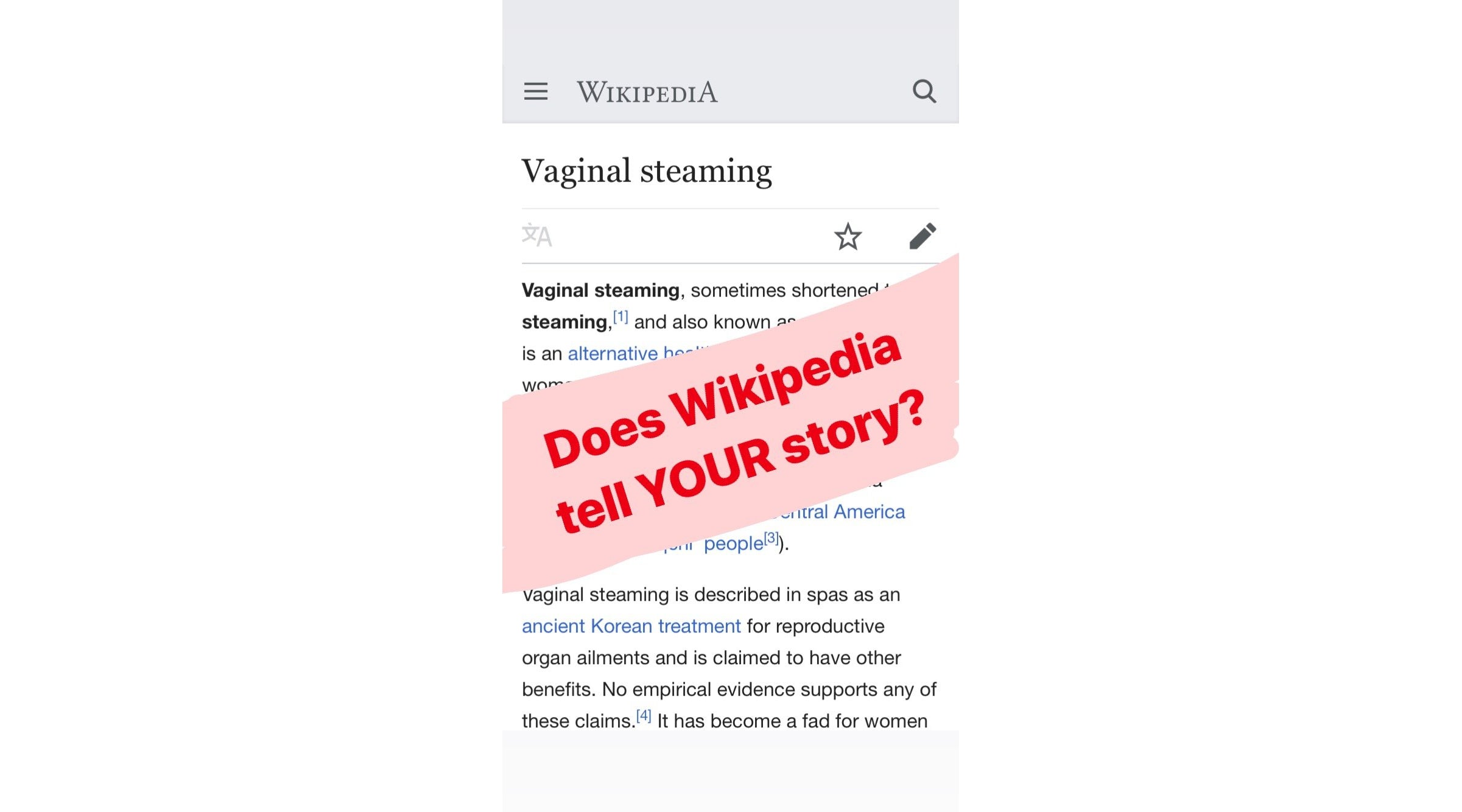
Is this part of the modern day witch hunt?
Dear Community,
This may not be the best, most well-crafted post I ever write, but there is something I must share with you because I am mending a broken heart.
We have all seen the media posts that crush the ancient wisdom of vaginal steaming/yoni steaming...bashing celebrities who speak out about trying it, while citing doctors who call this women’s wisdom something of sorcery or a hoax. With my google alerts set, I am well aware of the naysayers and their opinions… but I continue what I do because of what YOU ALL share with me about how the practice has transformed your relationship with your body, your cycle...and in some cases, your life. There is no doubt in my mind that yoni steaming has a profound positive impact on just about every woman who does it, and I choose to believe in the lived experience of generations of women who speak out to share the value of the practice. I am here to ensure the voices of the women are heard, and to move this beautiful, sacred practice out of the shadows and in to the respected place it deserves in our society.
But ladies… we have a long way to go, and I feel stuck.
Yesterday, I discovered the awful, scathing Wikipedia article on Vaginal Steaming (note: the article has since been made even worse, to read like this). As you know, Wikipedia is an information platform written collaboratively by the people who use it. The current crowd-sourced version cites mostly media sources like the Guardian and the Daily Mail who are making fun of Gwyneth Paltrow, with a few extremely biased journal articles sprinkled in. I noticed it was missing a lot of information — about the history of the practice, the benefits and ways it’s being embraced today. So, I figured yesterday was as good a day as any to forward the conversation by contributing the voices of those who have devoted their lives to understanding and sharing this women’s wisdom, and those who have benefited from it.
I set out to revise the Wikipedia article myself.
Below I will post my revision. In my updates, I maintained all of the information that was included in the then-current version of the article in order to maintain neutrality. I do not seek to silence anyone, only add to the perspectives already shared. Also, please note that I do not claim for this Wikipedia version to be perfect or complete — I was simply trying to elevate the conversation in the time I had.
What I want you to know is that my updates were denied by Wikipedia three times. Each time I attempted to resubmit, I sought to evolve the message by acknowledging my bias and self interest, refining my sources, evolving my language to be the most neutral and focusing only on the facts. Below, I will share with you some of their reasons for denial.
Wikipedia Entry (attempted Friday, January 18, 2019)
Vaginal steaming, sometimes shortened to v-steaming, and also known as yoni steaming, is an alternative health treatment whereby a woman sits over hot water containing herbs such as mugwort, rosemary, wormwood and basil, and allows the warm herbal steam to gently penetrate the exterior of her vulva.
Benefits
Thought to be an ancient reproductive health practice, vaginal steaming is claimed to have a variety of benefits. Proponents of the practice state that it:
-
Reduces pain, bloating and exhaustion associated with menstruation
-
Decreases heavy menstrual flow, and regulates irregular or absent menstrual cycles
-
Increase sexual pleasure for both women and men
-
Improves fertility
-
Speeds healing and tones the reproductive system after birth
-
Reduces prevalence of endometriosis, uterine fibroids, ovarian cysts and uterine prolapse
-
Relieves chronic vaginal/yeast infections, and works to maintain healthy odor
-
Eases symptoms of menopause including dryness or pain during intercourse
-
Stimulates the production of hormones to maintain uterine health
-
Protects the uterus from ulcers and tumors
-
Detoxifies the womb and body
While there is no scientific evidence to support any of these claims, the historical usage and lived experience of women who claim to benefit from the practice provides anecdotal evidence worth consideration.
Risks
Women who are pregnant, or think they might be, should avoid vaginal steaming, as the herbal steam is believed to cause the uterus to contract and shed its lining. Similarly, women who have an Intrauterine Device (IUD) should not steam, as the practice may cause the birth control device to dislodge, rendering it ineffective or causing other complications. Additional side effects and potential dangers include: allergic reactions, second-degree burns if the steam is too close,[1] and vaginal infections.[2][3]
Global History
Different forms of vaginal steaming have historically been utilized by women in Africa (Mozambique, South Africa[4]), Asia (Korea, Indonesia, Thailand[4]) and Central America (among the traditional healers of Belize[5] as well as the Q'eqchi' people[6]).
According to a study on vaginal practices by the World Health Organization published in 2011, one of the ways in which women practice vaginal care is by "vaginal steaming or smoking: the 'steaming' or 'smoking' of the vagina, by sitting above a source of heat (fire, coals, hot rocks) on which water, herbs, or oils are placed to create steam or smoke".[4] For that study, over 4,000 women in Tete (Mozambique), KwaZulu-Natal (South Africa), Yogyakarta (Indonesia), and Chonburi (Thailand) were asked about their vaginal care. When it came to vaginal steaming/smoking, very different results were obtained, and very different reasons were given: in Chonburi, 67% of women reported having performed vaginal steaming or smoking, "which they associated with maintaining wellness and feminine identity", especially after having given birth (85.5%). In Tete, only 10% of women practiced steaming or smoking, "mostly intended to enhance male sexual pleasure by causing vaginal tightening (64.1% of users) and drying (22.9%)". In the two African locations, 37–38% of women said they practiced it to enhance "male sexual pleasure"; in the two Asian ones, 0% gave that answer. Conversely, of the Asian women 26% reported their "feminine identity" was a reason, compared to 0% of the African women.[4]
Vaginal steaming is respected by certain traditional healers around the globe. For example, Dr. Rosita Arvigo, ND is a naprapathic doctor and teacher of Maya medicine who lived and studied with Mayan healers in Belize for nearly 30 years. During her time working with local healers, she gained an intimate understanding of the benefits and practice of vaginal steaming, locally referred to as a “bajo”.[5] She later incorporated vaginal steaming into her Arvigo Techniques of Mayan Abdominal Therapy[7] philosophy. Many credit Dr. Arvigo for bringing this ancient women’s health practice to the United States.
Prevalence in the United States
Although some scholars and practitioners had been touting the benefits of vaginal steaming in private for decades, the practice was a largely unknown in the United States until around the year 2014, when the concept spread rapidly in the mainstream. The following is a brief overview of how vaginal steaming gained popularity in recent decades:
-
2001: Dr. Rosita Arvigo, DN and Nadine Epstein publish Rainforest Home Remedies, which details “The Vaginal Steam Bath” (p. 92-93)[5]
-
2009: Olosunde Ajala founds the Yoni Steam® Institute to reflect her holistic approach to vaginal steaming.[8]
-
July 2013: Tia and Tamera Mowery receive a vaginal steam treatment at a spa on an episode of their television show, Tia & Tamara.[9]
-
Mid 2014: Dr. Rosita Arvigo, DN writes the article Vaginal Steams: Forgotten Ancient Wisdom for Women’s Healing for Birth Institute, and the article goes viral (Birth Institute is no longer in business, but the article is available on the Delightful Knowledge website)[10]
-
January 2015: Gwyneth Paltrow hails the benefits of v-steaming on the Goop blog, based on her experience at Tikkun Spa, a Korean spa in Santa Monica, California.
-
March 2015: Sat-Ra Sobukwe-SoDaye' publishes the book Yoni Steam: Divine Feminine Hygiene (Level 1 Wombuel) (Volume 1)
-
June 2018: Chrissy Teigen posts an image of herself doing a vaginal steam on Instagram[11]
Criticism
There are many who believe vaginal steaming to be a hoax at best, dangerous at worst.
Those who do not support the practice say that vaginal steaming is falsely marketed with pseudoscientific notions of "balancing" female hormones and "revitalizing" the uterus or vagina[1][2][3], and discredit the idea that the practice can reduce the discomfort, bloating, and tiredness associated with menstruation, regulate irregular menstrual cycles, treat yeast infections, decrease the menstrual blood flow, increase fertility, relieve symptoms of menopause, treat endometriosis, or speed up the after-birth healing process. Those who discredit vaginal steaming do so on account of a lack of scientific evidence to support any of the above claims and concerns regarding the risks.[1]
Critics also point out that vaginal steaming is sometimes marketed as "cleaning" the vagina, which the critics say it does not do, and which they believe is not necessary.[3][2] Some critics take it a step further, believing that the marketing and perception of vaginal steaming falls within a mix of ideologies including post-feminist, new age, and inherently sexist notions in which the female body is on the one hand a dirty, defective thing, yet one that a woman can "optimize" to become "goddess-like".[12]
-
Ghose, Tia; January 30, Senior Writer |; ET, 2015 02:45pm. "No, Gwyneth Paltrow, Vaginas Don't Need to Be Steam Cleaned". Live Science. Retrieved 2019-01-18.
-
Robinson, Ann (2015-01-30). "Sorry, Gwyneth Paltrow, but steaming your vagina is a bad idea". The Guardian. ISSN 0261-3077. Retrieved 2019-01-18.
-
Gunter, Dr Jen (2015-01-27). "Gwyneth Paltrow says steam your vagina, an OB/GYN says don't". Dr. Jen Gunter. Retrieved 2019-01-18.
-
Hull, T; et al. (July 2011). "Prevalence, motivations, and adverse effects of vaginal practices in Africa and Asia: findings from a multicountry household survey". Journal of women's health (2002). 20 (7): 1097–109. doi:10.1089/jwh.2010.2281. PMID 21668355.
-
Rosita,, Arvigo,. Rainforest home remedies : the Maya way to heal your body and replenish your soul. Epstein, Nadine, (First edition ed.). San Francisco. ISBN9780062030412. OCLC 860769988.
-
Q’eqchi’ Maya Reproductive Ethnomedicine. Spring. 2014.
-
"The Arvigo Techniques of Maya Abdominal Therapy". www.arvigotherapy.com. Retrieved 2019-01-18.
-
"ABOUT THE CREATRESS". WELCOME TO THE YONI STEAM® INSTITUTE. Retrieved 2019-01-18.
-
"V-Steam: Why Tia and Tamera Steamed Their Vag!nas". Retrieved 2019-01-18.
-
"Vaginal Steams: Forgotten Ancient Wisdom for Women's Healing". Delightful Knowledge. 2014-11-05. Retrieved 2019-01-18.
-
Wang, Emily. "Here's a Photo of Chrissy Teigen in a Face Mask, Steaming Her Vagina". Glamour. Retrieved 2019-01-18.
-
Vandenburg, Tycho; Braun, Virginia (2017). "'Basically, it's sorcery for your vagina': unpacking Western representations of vaginal steaming". Culture, Health & Sexuality. 19 (4). PMID 27719108. (taking as its title one observer's characterization – "Basically, it's sorcery for your vagina") Beck, Laura Hopper (January 27, 2015). "I Went To A Spa For My Uterus And This Is My Story". Fast Company.
What happened next…
On Wikipedia’s back end, I posted my update with the title “Update to make article less bias”, along with the following message:
SBrashear (talk) 23:28, 18 January 2019 (UTC): Hello. I am new here, but I feel strongly that the current version of the vaginal steaming article is extremely negatively biased. I am therefore seeking to ADD information to this article in order to provide a more balanced view (I do not seek to delete any current information). People may say that there is no "proof" of the benefits, but there is also no "proof" that the practice is dangerous or isn't effective. The current version cites articles written on pop-culture websites by non-experts, and I am proposing to cite websites and books written by people who have devoted their careers to understanding the practice, yet my version has been removed twice. I am going to try again, this time removing certain sources and trimming down the benefits, so that they are in balance with what the critics say. I would like to humbly request that, if possible, we work together to make the version I post acceptable and in alignment with wikipedia guidelines (which I am grateful exist!). Thank you!
The wikipedia editors’ removed my updates, and stated the following:
Jonathunder (talk) 23:46, 18 January 2019 (UTC): The article [already] references a number of high-quality sources. So which reliable sources can you add?
Flyer22 Reborn (talk) 00:20, 19 January 2019 (UTC): SBrashear, if you are looking to cite medical or scholarly sources, then keep WP:MEDRS in mind. Read WP:MEDRS. As seen above, editors have already tried to use WP:MEDRS-compliant sources to source this topic, but there are barely any. They have instead mainly kept this article regulated to media sources because the topic as a health treatment is so dubious.
Jonathunder (talk) 00:21, 19 January 2019 (UTC): Note also that blogs about how a celebrity felt after doing this or websites promoting collections of herbs to be used are poor sources.
SBrashear (talk) 01:00, 19 January 2019 (UTC): So, media articles written by non-experts are relevant, but a book written by a doctor is not? For example, I cited this source in my last revision: Rosita, Arvigo,. Rainforest home remedies: the Maya way to heal your body and replenish your soul. Epstein, Nadine, (First edition ed.). San Francisco. ISBN 9780062030412. OCLC 860769988. I feel that my most recent version is balanced and demonstrates varied opinions on the matter. I really don't understand what the resistance is to improving this article with ADDITIONAL information (I am not trying to silence those who do not agree with the practice). Are there any parts of my latest revision that could be accepted/added? For me, the current version of the article is completely unacceptable because it denies the experience of a VAST population of women. It needs to be made more balanced SOMEHOW.
Jonathunder (talk) 01:11, 19 January 2019 (UTC): That book promises to tell the reader how to "Rid your house of negative energy with a Maya cleansing ritual." Do you understand why we might be skeptical?
SBrashear (talk) 01:21, 19 January 2019 (UTC): Jonathunder, No, I absolutely do not. I thought Wikipedia was supposed to be neutral and unbiased. Just because you don't believe in energy clearing, doesn't mean that it doesn't exist. Many cultures and people have very real experiences with it, as is the case with vaginal steaming. That book is written by DR. Rosita Arvigo...she is a doctor, which is more than the editors of the Guardian or Live Science can say. Why are they the experts and she is not? Can we address my question? — Are there any parts of my latest revision that could be accepted/added?
Johnuniq (talk) 01:24, 19 January 2019 (UTC): No.
SBrashear (talk) 01:51, 19 January 2019 (UTC): Jonathunder I am reading that Wikipedia articles are required to present a neutral point of view. Do you really believe that the article is neutral as it is? I understand the policies and am willing to work to make the article meet the guidelines, while also sharing a broader perspective. If this is not possible as you say, I believe this is an example of the systematic silencing of women's lived experiences in our world. I am utterly and truly disappointed that an organization that I have loved and trusted is so unwilling to explore this topic more deeply.
IS IT JUST ME OR DOES THIS FEEL LIKE PART OF THE MODERN DAY WITCH HUNT?
Author and feminist historian Silvia Federici states, “I think there is a major campaign that’s been unfolding at the social-political level, and also through the media, that is systematically distorting women’s power, and presenting this power as something dangerous, as something perverse, as something obnoxious,” she asserts. “In fact, the witch is the personification of women’s power, but presented in this most destructive way. In other words, she has powers that are not legitimate, that are presented as ultimately destructive, asocial.” (Ms Magazine)
Seriously, why is a practice that clearly supports women and has deep historical roots thrown so much shade in our modern society?
Is it because vaginal steaming/yoni steaming is about women taking back ownership of our personal health…and thus, our power?
Is it because it relies on utilizing our intuition and herbal knowledge to support and nourish our own well being rather than sacrificing ourselves to big pharma?
Is it because it implores people to trust the wisdom of generations of women, especially the wisdom of women of color, elevating their perspectives as not only valid, but integral to our wellbeing as a whole?
What are we doing about it!?
DEAR COMMUNITY, I AM CALLING ON YOU!
I, like many of you, am so tired of the ancient wisdom and lived experiences of women being denied and trashed as if our wisdom and tools mean nothing. I know this happens in many forms, in many ways, and that the conversation around vaginal steaming is simply a sliver of the pie when it comes to the ways women are silenced.
How can we shift the conversation about this practice in the mainstream, and gain acknowledgement that our wisdom is valid?
It’s time to rise, sisters… please comment with your ideas! I am here to collaborate! If we work together, perhaps we can create the tidal wave that will ultimately shift the conversation to include our collective voice...
A few thoughts….
Given that we are living in a society in which “science is god” and medical doctors are viewed as the only experts, we need MORE articles and books written by doctors who have seen this wisdom in action and believe in its worth. If you know anyone who might like to write or have any links to pieces written by doctors, please paste a link in the comments.
If you would like to work with me to craft a more well-balanced and well-sourced Wikipedia article, please drop me a note in the comments!
Please talk and write about — and share — your true experience with vaginal steaming/yoni steaming. Comment on the posts of critics to share how yoni steaming has benefited you. If you post on social media, please tag us and we’ll re-share! IG: @vibrant.souls, FB: @soulvibrance.
Finally, please let me know if at any moment this movement does not feel inclusive to you. As a straight, white woman I am consistently seeking to deepen my understanding of my own privilege. While I do not feel that it is anyone’s responsibility to show me, I acknowledge my blind-spots and invite reflection where it is offered.
Thank you, THANK YOU to each of you. Every one of you is integral to the journey. Let your voices be heard. I love you!
Sierra
Never doubt that a small group of thoughtful, committed citizens can change the world; indeed, it's the only thing that ever has. — Margaret Mead
Sierra Brashear, MA is a Certified Ayurvedic Practitioner, DONA-trained doula, herbal alchemist, wellness educator and founder of Vibrant Souls yoni steams. Inspired by the rhythms and elements of nature, Sierra weaves her knowledge of Ayurveda into the products and lifestyle design programs she offers. She invites you to join her 16-week program, The Art of Fertility | Journey to Conception — to clear toxins and nourish your mind and body in preparation for an easeful conception and healthy pregnancy. Sierra is also co-founder of Cultivate Balance and Moon Bath, and lives in Boulder, Colorado.



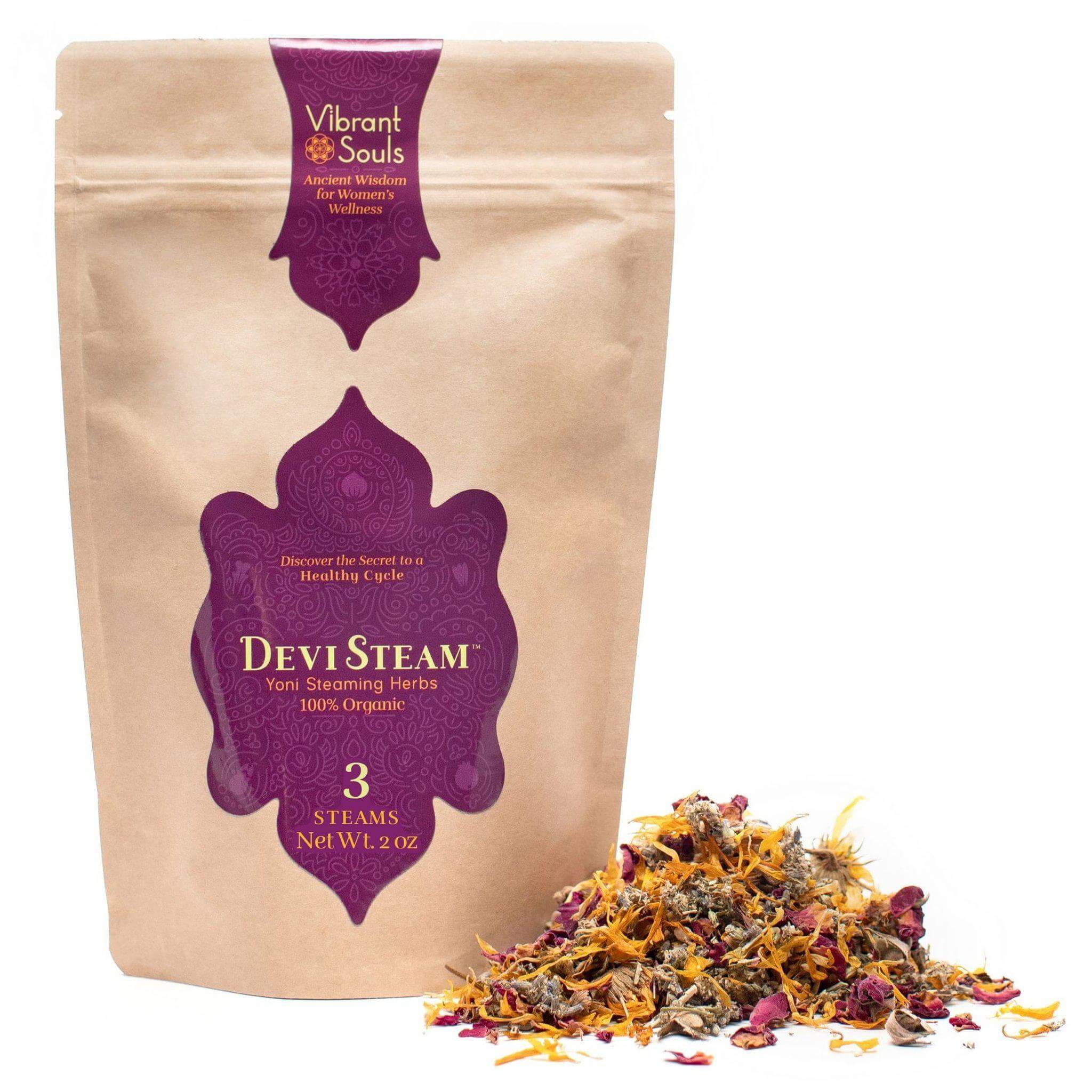
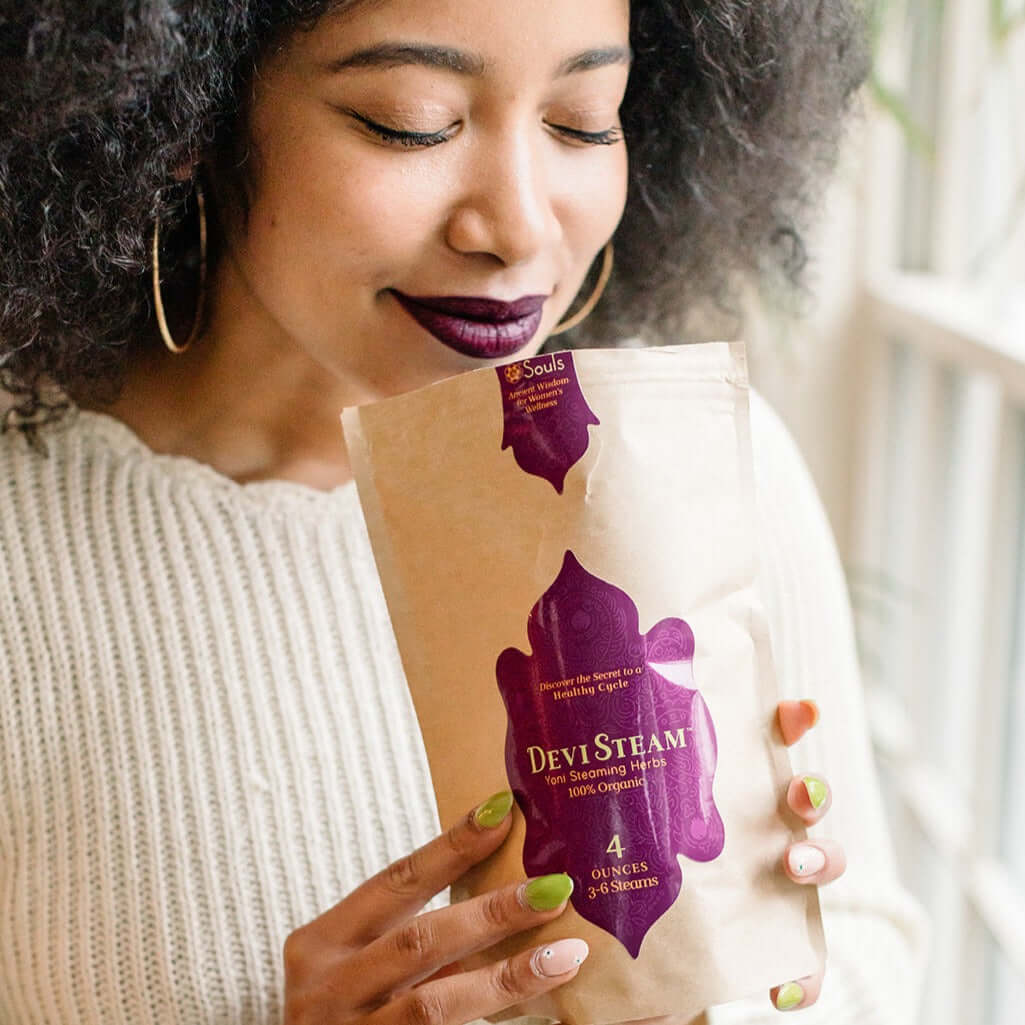
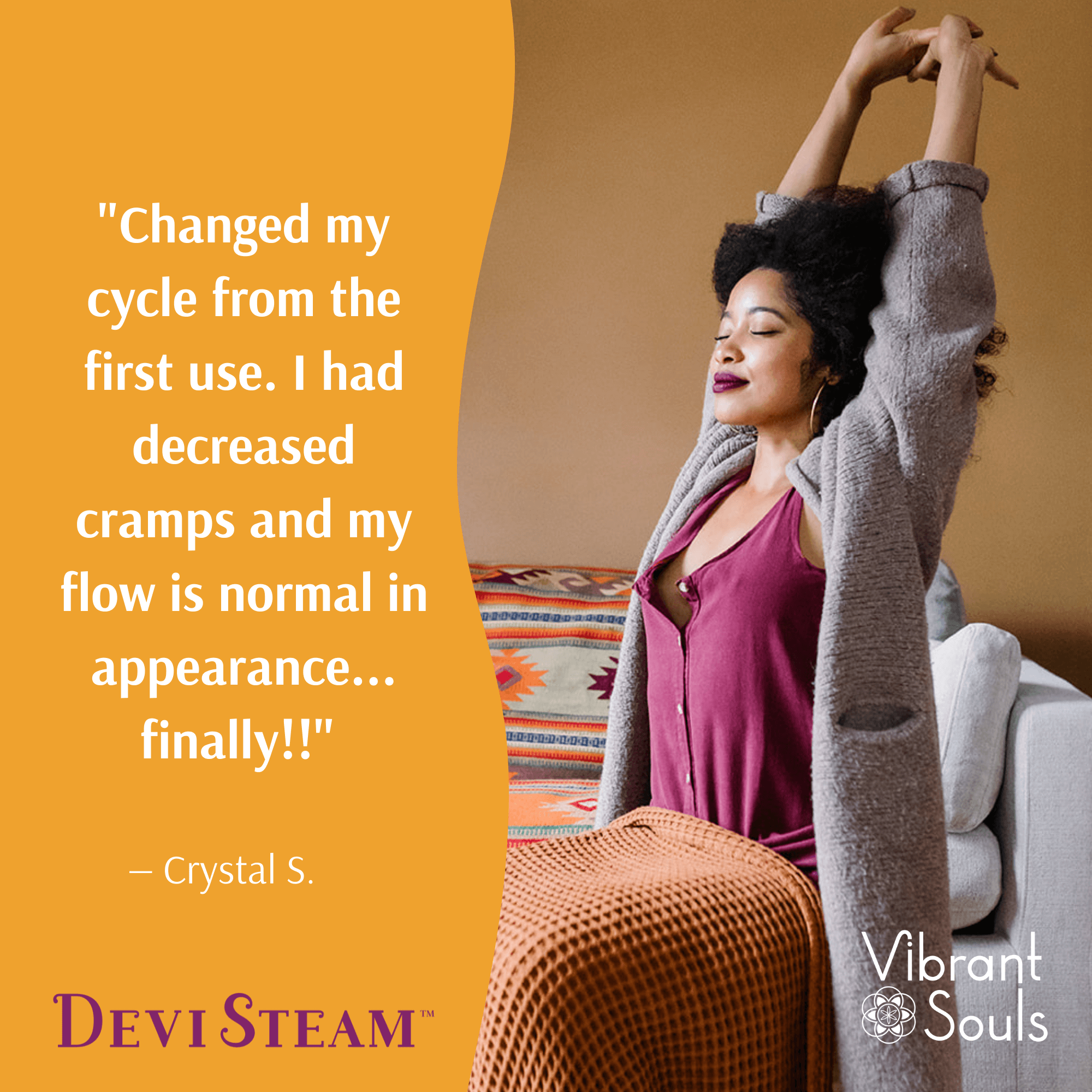


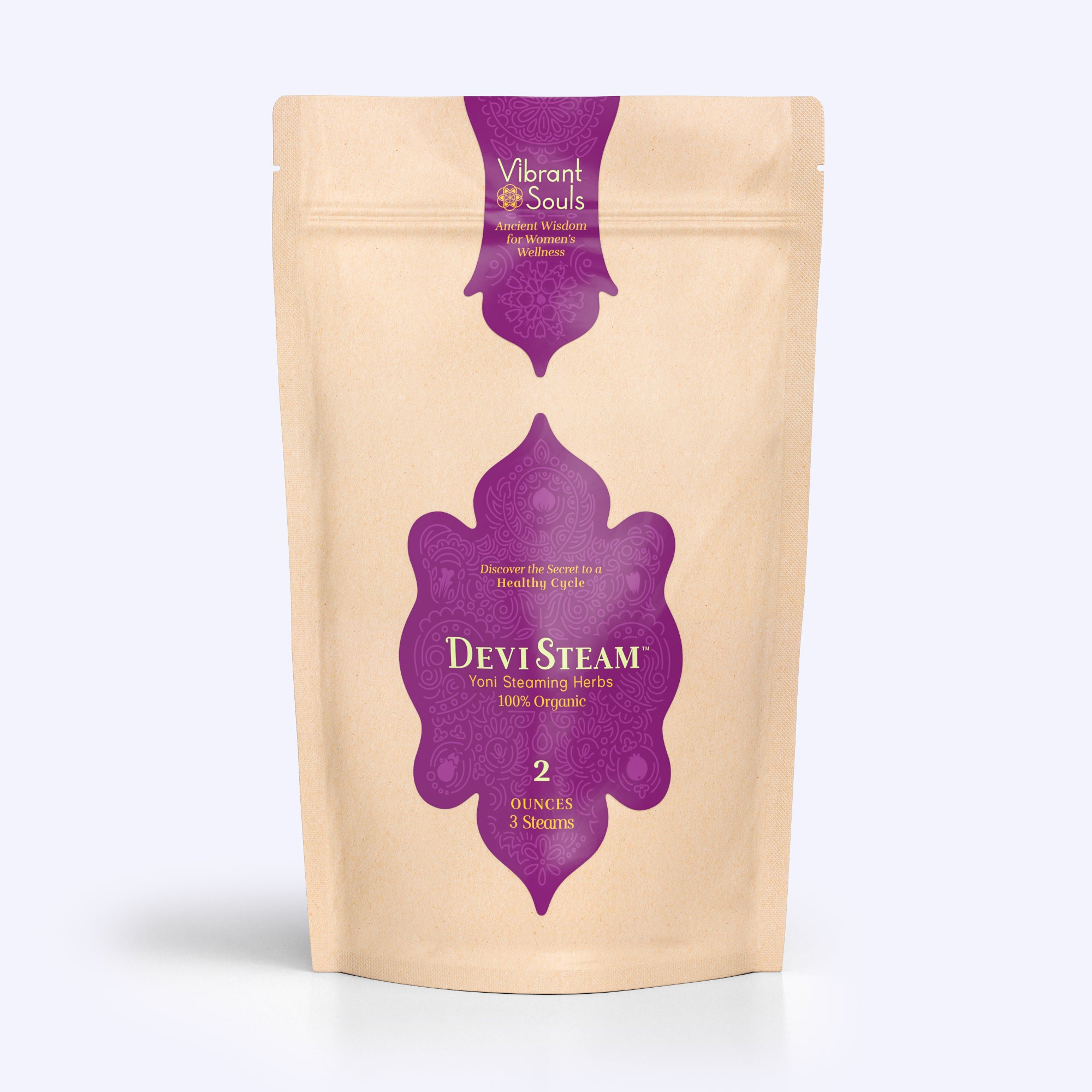
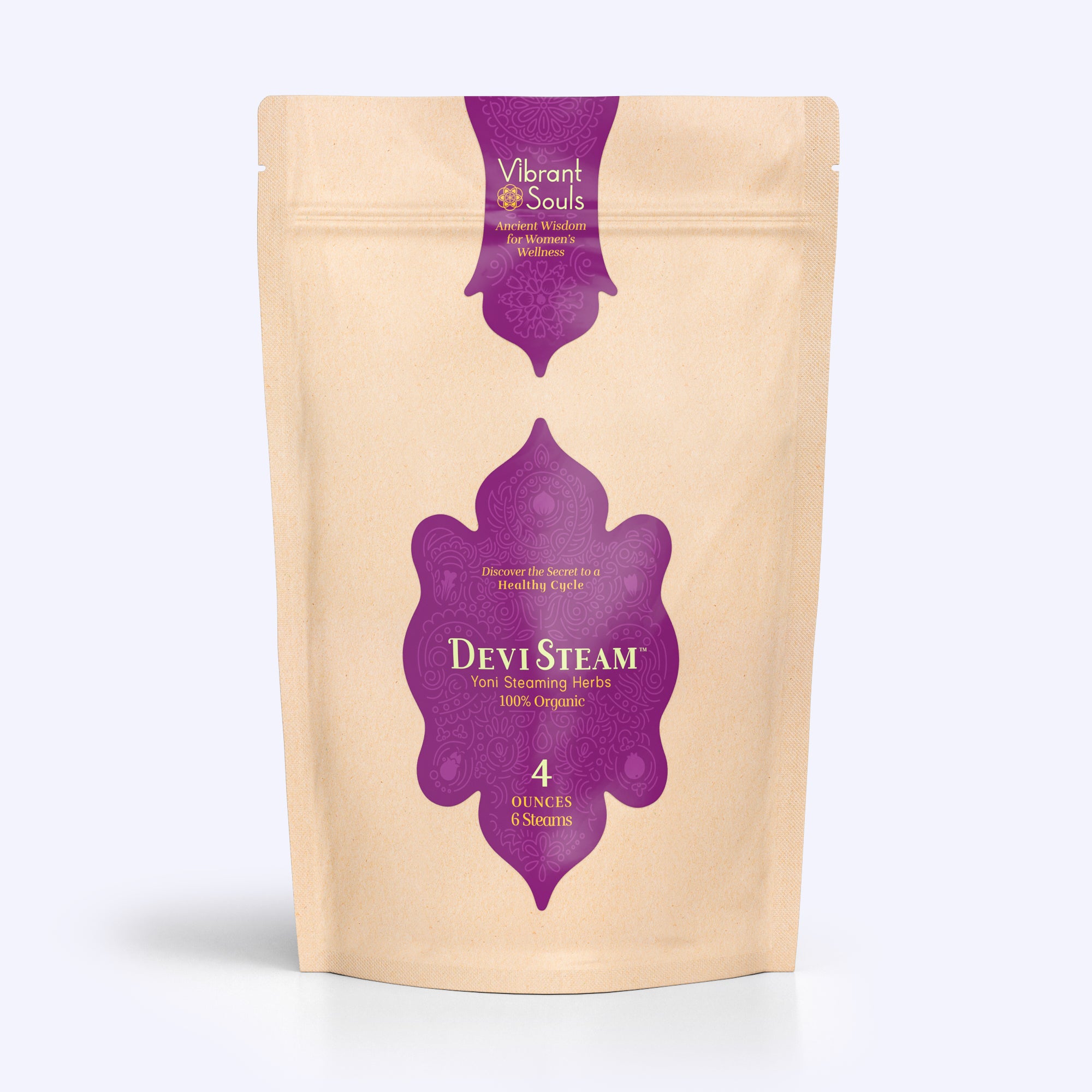
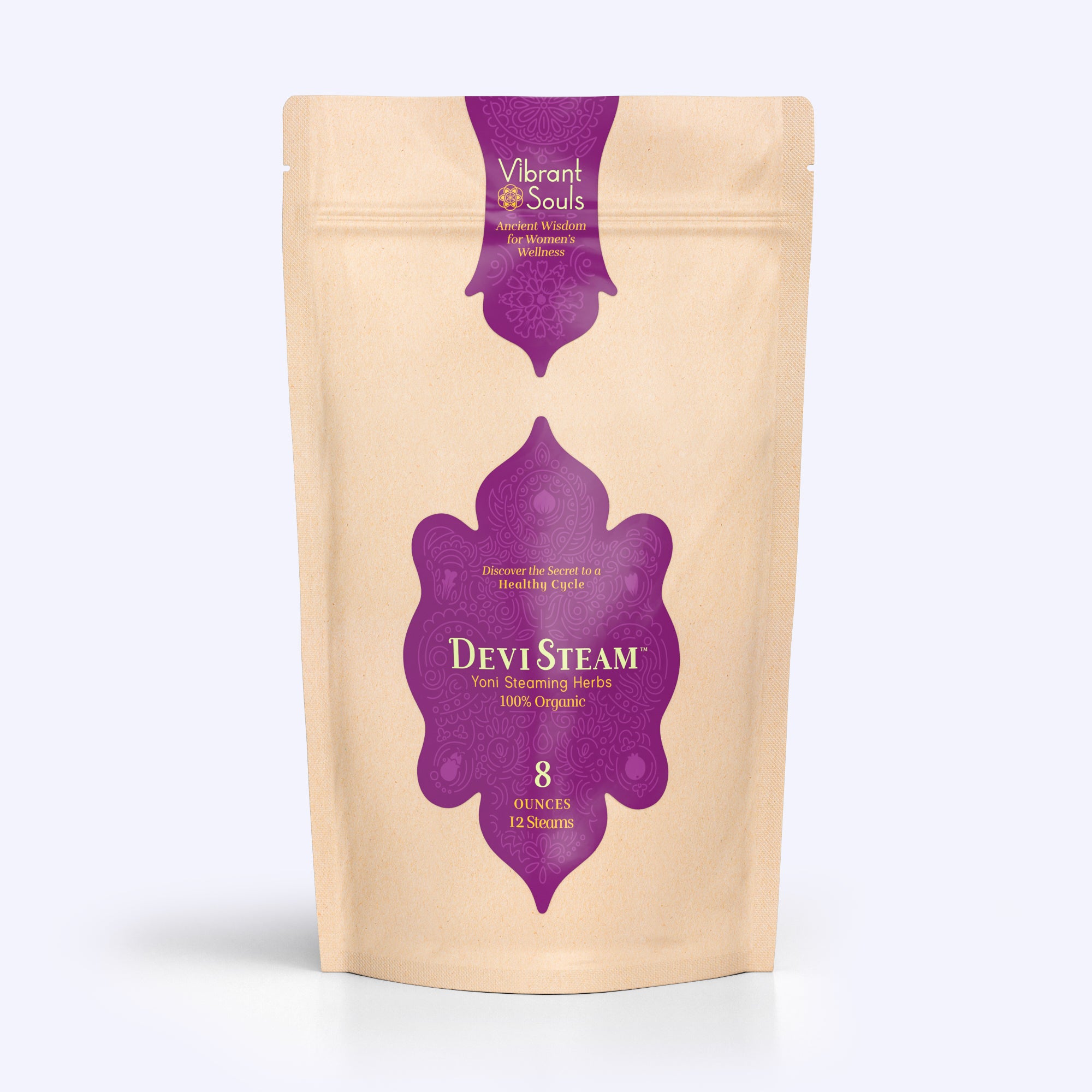
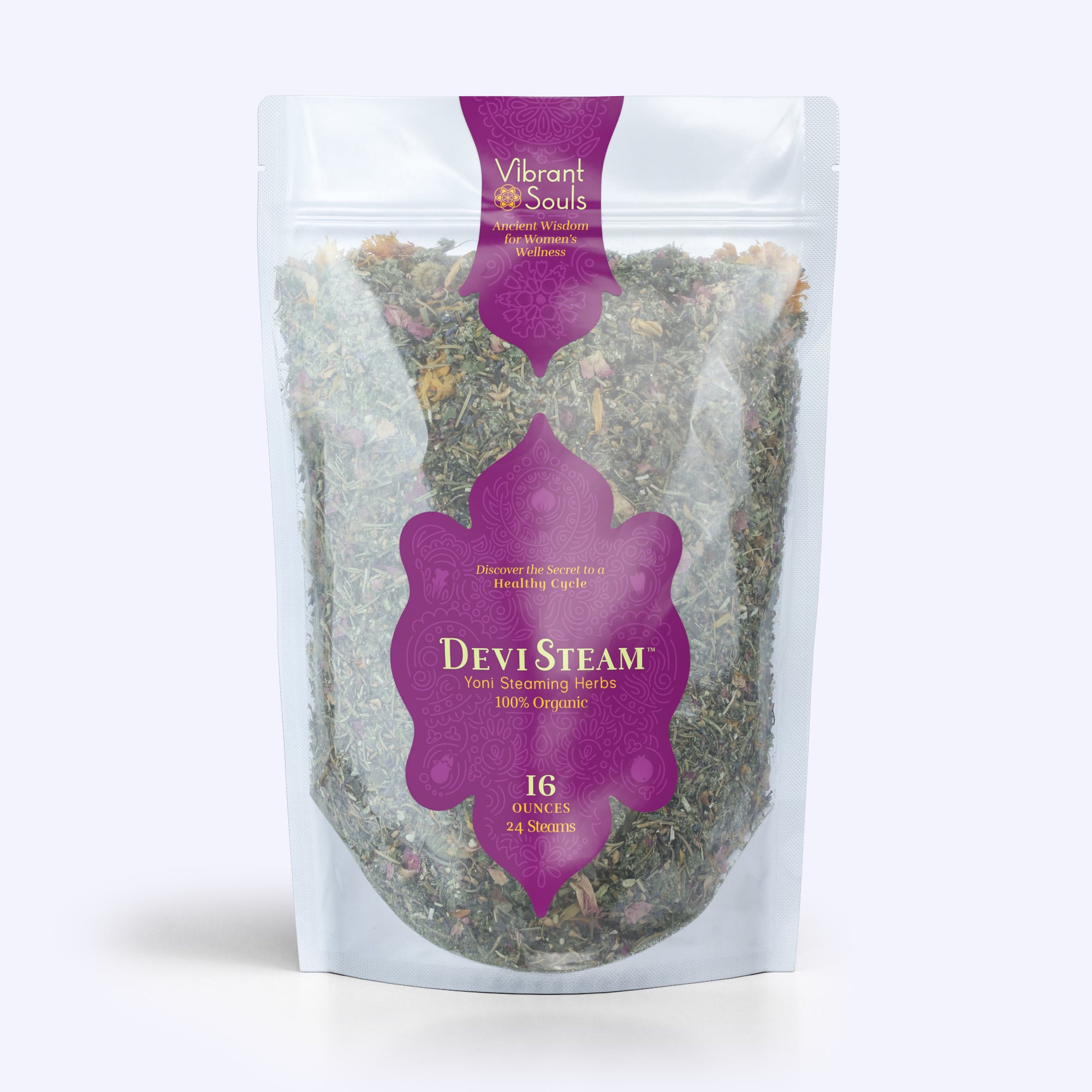
Leave a comment
This site is protected by hCaptcha and the hCaptcha Privacy Policy and Terms of Service apply.